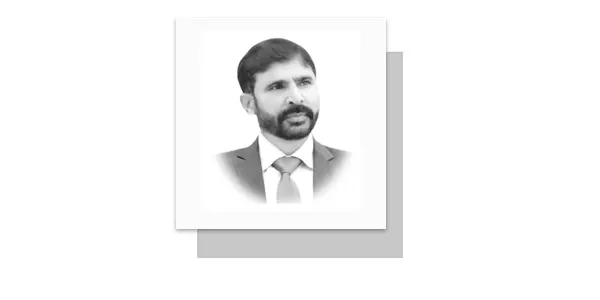THE United States today reflects a paradox: a nation facing internal discord while remaining the world’s most powerful state. Despite two-thirds of Americans believing the country is on the wrong track and a declining public trust in government, the US remains the wealthiest and most influential player globally. This duality stems from structural factors, such as vast resources, a growing and diverse population and a decentralized political framework. Yet, these strengths also magnify vulnerabilities, including economic disparities, political polarization and strategic overreach.
Economically, the US continues to dominate, accounting for 26% of global GDP, a figure consistent with its share during the 1990s. The US economy outpaces Europe and maintains a lead over emerging economies like China. Technological, energy and military innovations have cemented this position. The US has transitioned from being the largest energy importer to the leading producer of oil and natural gas, boosting its geopolitical leverage. However, this prosperity contrasts with significant social inequalities. While median incomes have risen, rural areas remain stagnant, particularly as manufacturing and public sector jobs decline. This has fueled political divides, with urban centers benefiting from globalization, while rural populations, dependent on diminishing industries, feel marginalized, exacerbating resentment.
The urban-rural divide also reflects a broader polarization within American society. Urban areas, typically more educated and diverse, lean progressive, while rural regions remain predominantly conservative. This divide has transformed politics, with rural voters favoring the Republican Party and urban centers supporting the Democrats. The growing polarization threatens democratic stability, as both parties increasingly adopt uncompromising stances, undermining bipartisan governance.
Globally, the US maintains dominance through its economic, military and technological power. The dollar’s central role in international finance and leadership in innovation further enhance its global influence. Military alliances, such as NATO and AUKUS, bolster US strategic positioning. Yet, the pursuit of global leadership is marred by strategic contradictions. The oscillation between detachment and over-engagement in foreign policy undermines coherence, with historical miscalculations like inconsistent responses to German and Japanese expansion in the 1920s and the prolonged conflicts in Iraq and Afghanistan. Moreover, current underinvestment in defense raises concerns about readiness in the face of emerging threats from China, Russia, Iran and North Korea.
Geographically, the US benefits from natural insulation, provided by oceans and a resource-rich territory. These advantages, coupled with a dynamic private sector and decentralized governance, foster innovation and economic resilience. The adaptable US labor market has allowed the country to recover swiftly from past crises. Demographically, the US enjoys a growing working-age population, driven by immigration and higher birth rates, offering a competitive edge as other major powers face demographic declines. However, this advantage requires policies addressing domestic disparities and fostering social cohesion. To maintain its global leadership, the US must navigate both internal and external contradictions. Bridging the urban-rural divide requires investments in infrastructure, education and healthcare in neglected regions. Policies that promote economic inclusivity can strengthen national unity. On the global stage, a balanced foreign policy combining strong deterrence with diplomatic engagement is crucial for addressing emerging threats.
The US’s combination of structural advantages and institutional flexibility offers a foundation for continued global dominance. However, to leverage these strengths effectively, addressing internal vulnerabilities is essential. By fostering unity and exercising prudent leadership, the US can navigate modern complexities and contribute to a more stable and prosperous global order.
—The writer, a PhD scholar, is associated with Islamia University Bahawalpur.










